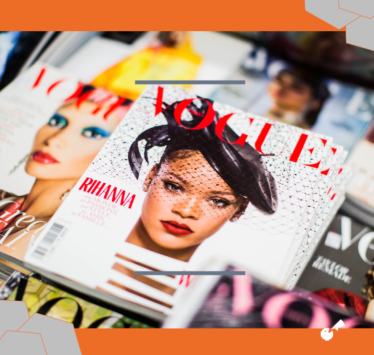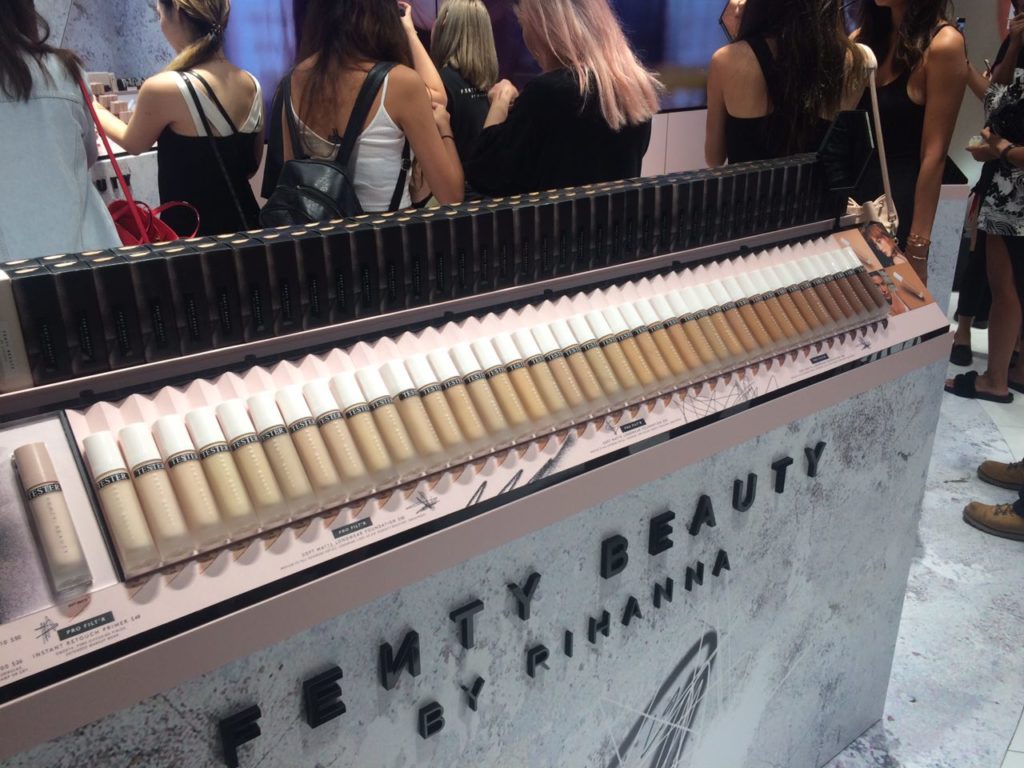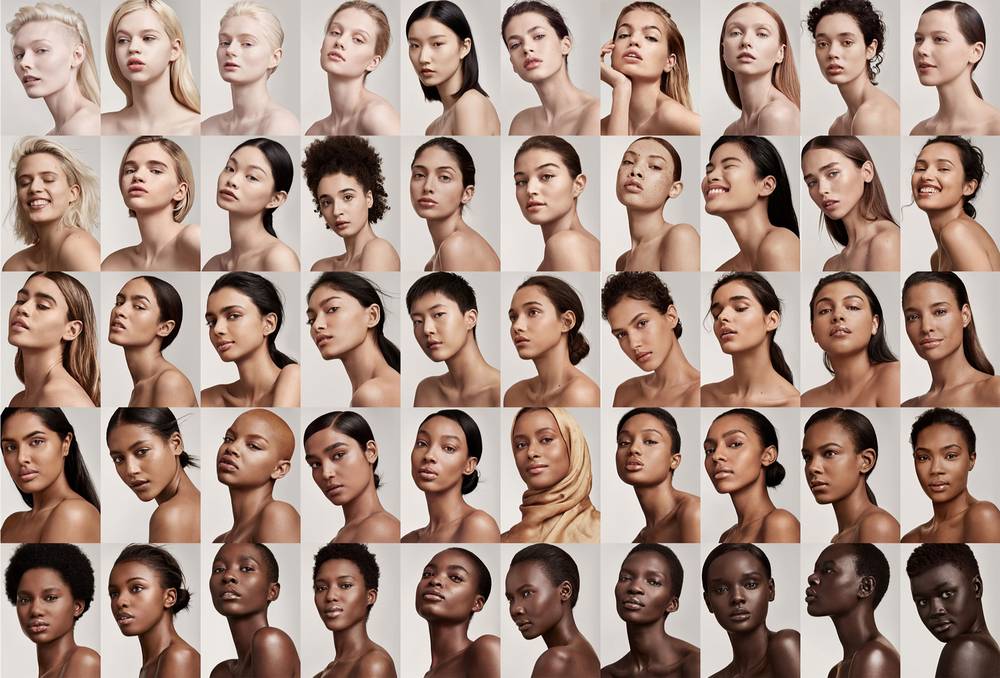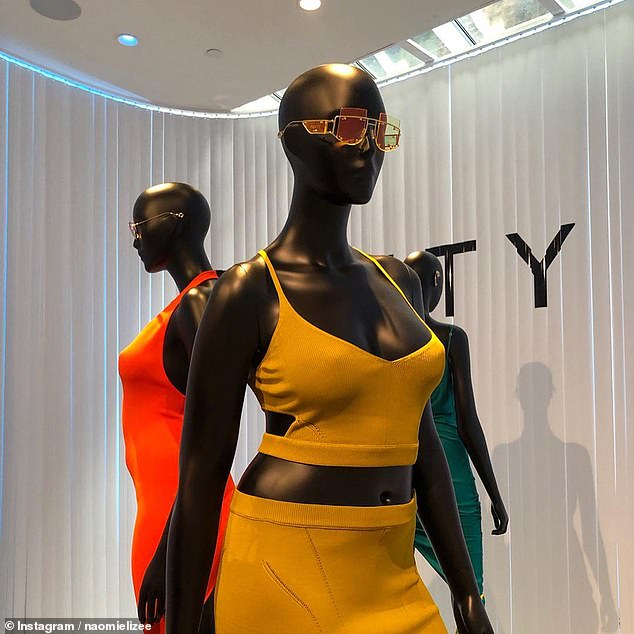
Let’s talk about: RIHANNA
Wait, aren’t these articles supposed to be about conservation, communication and behavior change?
Why would we be talking about Rihanna?
We’re talking about Rihanna today because she is disrupting the beauty and fashion industries by being more inclusive than any other brand has ever been.
And what I know from studying global trends and shifts in consumer expectations: is that if we’re seeing a new standard get set in one industry, then it won’t be long before it becomes a consumer expectation across ALL industries (including ours).
Rihanna’s innovations
Let’s take a look at the inclusivity innovations Rihanna is creating through her Fenty businesses:
- She launched the Fenty make-up line with 40 different shades of foundation, and continues to add more!
- No brand had this many options previously, yet multiple brands have introduced 40 shades since the Fenty launch.
- Her Savage X Fenty lingerie line carries an extremely wide range of sizes and ensures that all women look and feel great! No muumuus here!
- Fenty runway shows feature models of different shapes and shades, including pregnant models.
- Her pop-up shop included curvy mannequins [pic below], which customers were (rightfully) super excited about seeing.
- Rihanna is now the first ever woman of color to lead a fashion line at LVMH. And her clothing designs are non-gender conforming and suitable for all shapes.
In addition to ALL this, she also drops albums and serves as an official ambassador for Barbados. Not sure how she gets it all done.
The Fenty Effect
What Rihanna has achieved in establishing greater inclusivity in make-up and fashion is remarkable.
But that’s not all.
These innovations have sparked a movement by other brands to achieve similar levels of inclusivity in their beauty products and clothing lines.
And there’s even an official name for it: The Fenty Effect.
Does this sound familiar at all?
That’s right! It’s quite similar to how the Diffusion of Innovation theory works!
You have an Innovator (cue Rihanna and her Fenty brands), then you have Early Adopters (cue first copy-cat brands), and then it begins to expand and spread until it’s a new norm.
Rising consumer expectations will be a driving force behind this growing norm. And if businesses don’t adapt, then it’s very likely customers will go somewhere else.
Meeting our basic human needs
Fenty achieves inclusivity by meeting our human needs of Connection, Belonging, Self-Expression and Identity. And not just for some people – for every person.
Even Rihanna was surprised at what it truly meant to her audience to offer more shades of foundation:
“I never could have anticipated the emotional connection that women are having with the products and the brand as a whole. Some are finding their shade of foundation for the first time, getting emotional at the counter. That’s something I will never get over.” Rihanna tells Time Magazine
Rihanna built inclusivity into the vision of her Fenty businesses so that it played a foundational role in decision-making on what the brand stands for, which products to offer and how to market them.
“Our approach to inclusion marketing has always been about “showing, not telling.” In fact, we never once used the word “inclusive” in our messaging. “Inclusive” is how we were defined by the press and consumers.” – Sandy Saputo, Chief Marketing Officer for Fenty, Think by Google
Bringing it back to conservation
Let’s be real here – conservation has a diversity and inclusion problem.
(Don’t just take my word for it, there’s data on this.)
Not enough people feel that conservation’s products, services, marketing, programs, or vision statements meet their needs of Connection, Belonging, Self-Expression and Identity.
This often leaves individuals to create their own initiatives so they have spaces where they feel seen, heard and accepted.
For example, ALL these individuals starting hiking and outdoor groups that are more inclusive and accepting. From the NY Times article:
Ms. Bruso started Unlikely Hikers with a picture of herself from the backside, looking over a waterfall. “Calling all Unlikely Hikers and misfit nature lovers!” its caption read. “Despite how it may look in the commercials, magazines and other online nature communities, nature doesn’t care about your size, gender, race, ability, gear.”
And who are some of the first groups showing up to support these initiatives?
Corporations, like REI.
NOT conservation or environmental organizations.
We can still meet these needs
These unmet needs and rising consumer expectations will impact our brands and our work.
And yes, maybe we’re missing opportunities to be the first to support diversity and inclusion initiatives.
But that doesn’t mean we’re too late to do something.
We can still move beyond inclusivity being just a word we use.
We can still move beyond panel discussions at conferences.
We can still embed diversity, equity and inclusion into everything we do: our missions, culture, hiring and management practices, staffing, meeting design, program design, products, services, communication and outreach.
As Rihanna did with Fenty, it starts from within – from the core – in order to be felt sincerely and authentically throughout.
Conservation success requires an all-hands-on-deck approach.
So let’s do our part to ensure all hands are included.





